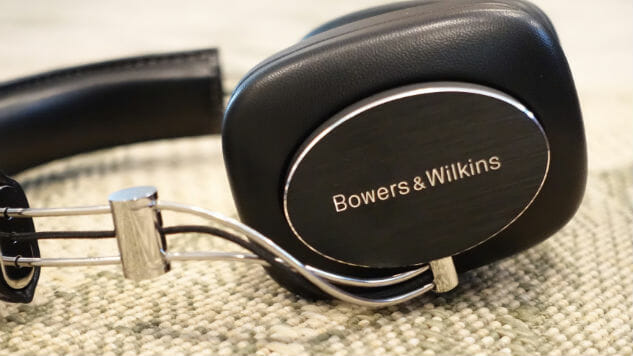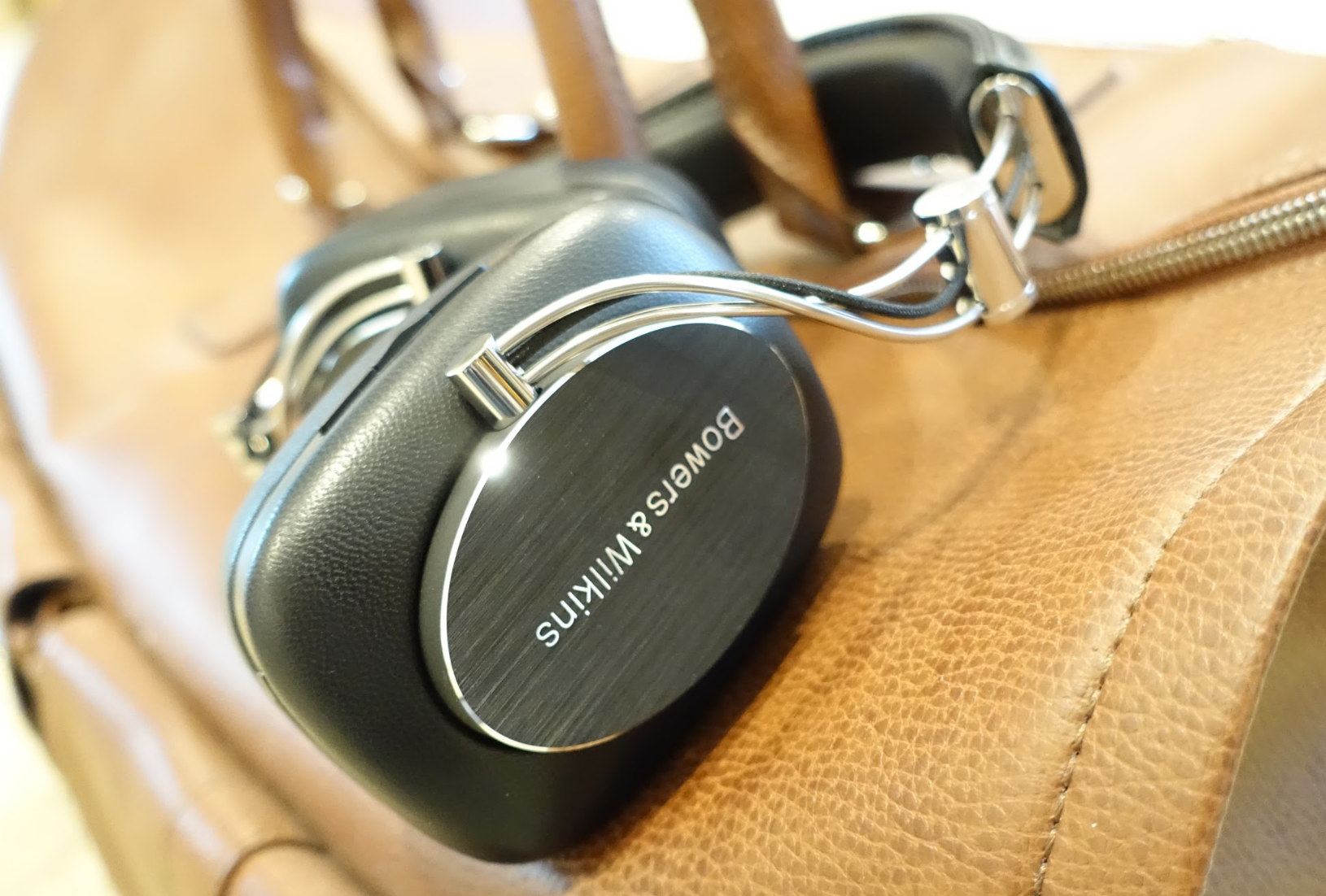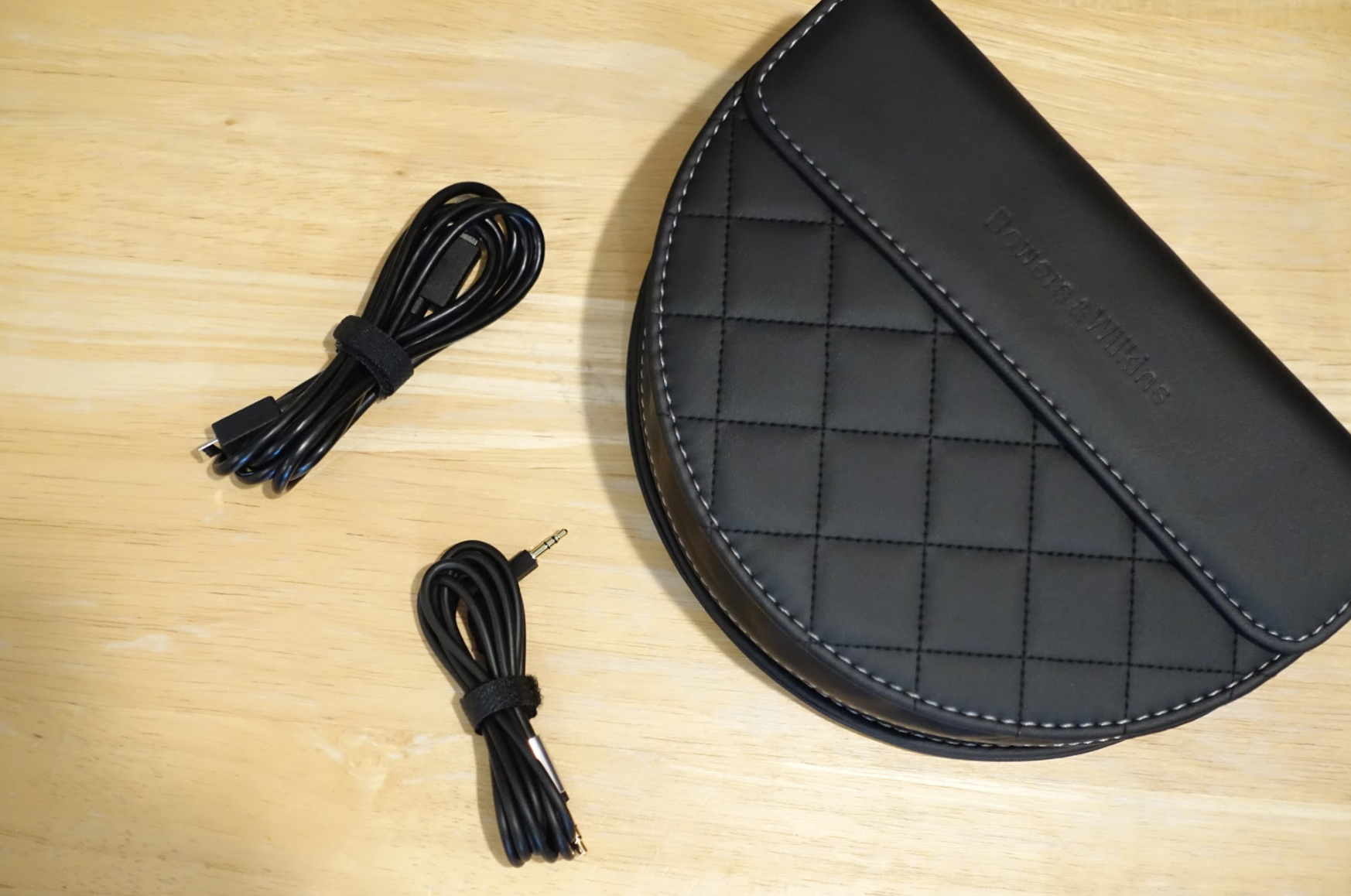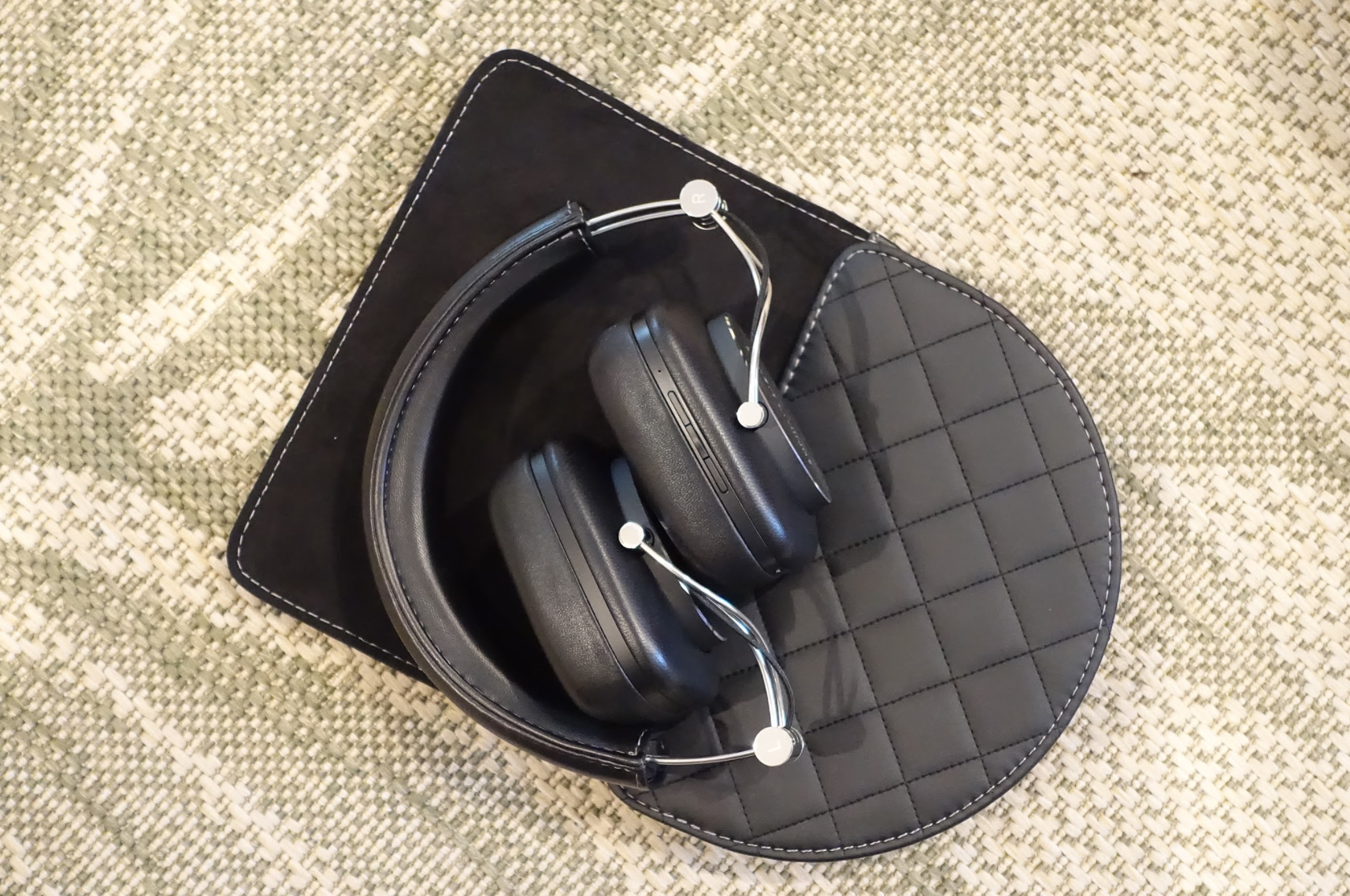Bowers & Wilkins P7 Wireless: Luxurious Bass Without the Cord

Bowers & Wilkins updated its premium P7 headphones, adding sumptuous bass while cutting the cord from the yesteryear model that the Wireless edition replaces. Originally introduced in late 2016, the P7 Wireless delivers a pleasing comfortable and pleasing experience—like its wired predecessor—thanks to an over-the-ear design, luxuriously supple leather trim and the company’s minimal, yet, sturdy metal design.
Larger than the P5 Wireless that we recently reviewed, Bowers & Wilkins addressed some of the complaints from its smaller sibling, making the P7 Wireless one of the most comfortable headphones for long listening sessions. If you’re a fan of Bowers & Wilkins’ designs or have used the wired P7 in the past, you’ll find plenty to love with the larger Wireless version.
At $399, wireless connectivity comes at a $50 premium over the wired counterpart, but it’s not just cables that you’re giving up for the higher cost. In fact, the wired and wireless editions of the P7 offer different sound experiences. There are some notable improvements that the more expensive Wireless option offers, making its price difference justifiable.
Design

With a design largely unchanged since the wired P7 was introduced in 2013, the wireless model boasts the same signature black and chrome aesthetics with exposed metal and leather. While some may bemoan the lack of design evolution, this really isn’t a bad thing—the P7 was an already beautiful set of headphones with premium materials. Leather surrounds the headband and earcups, which are cushioned with memory foam for extra comfort at the updated Wireless edition.
The memory foam helps to alleviate fatigue, especially when wearing the P7 Wireless for long periods. I had the headphones on close to eight hours continuously during a work day, and I had no issues with discomfort. However, because the earpads are surrounded by soft leather, your ears do get sweaty after a while, a problem common with headphones with leather earpads and not specific to the P7 Wireless’s design.
Whereas the smaller P5 Wireless offer a swiveling earcup design, allowing the headphones to lay flat for travel, the cups fold in on the P7 Wireless for portability. Although this reduces the overall footprint the headphones occupy in a bag, the folding design takes up a bit more space than the flatter travel design of the P5 Wireless. A soft, quilted U-shaped leatherette carrying case with contrast edge stitching is included, but at this price range, I would have loved to see a hard-sided travel case.
Like the P5 Wireless, the design is clean and minimalist. You have a small strip of three buttons for tactile control of music playback, discrete holes for the microphones—you can use the P7 Wireless to answer a call when you have it connected to your smartphone—and a power toggle. Slide the power button to turn it on or power the headphones down, and you can push in on the button to make the headphones discoverable to other Bluetooth devices nearby. The top and bottom music control buttons are used to adjust volume, while the center button is used to start or stop music playback. You can also use the middle button to answer a call or even activate Siri on your iPhone.
The earpads attach to the rest of the headphones via magnets, and they can be removed with a tug. This makes it easy to replace the earpads when the memory foam and cushioning wear out over time, and removing the earpads also exposes the audio jack connection to attach the 3.5mm headphone wires to convert the P7 Wireless into a wired set of headphones.
Given its target at the premium segment of the headphone market, the exposed cables on the headphones are reinforced and covered in a nice fabric material, while the bundled audio cable to convert the P7 Wireless into a set of wired cans is finished in a soft rubberized coating.
-

-

-

-

-

-

-

-

-

-

-

-

-

-

-

-

-

-

-

-

-

-

-

-

-

-

-

-

-

-

-

-

-

-

-

-

-

-

-

-












































